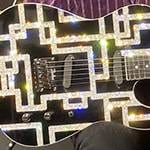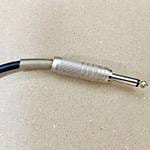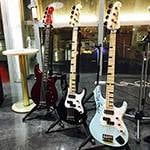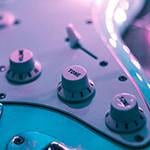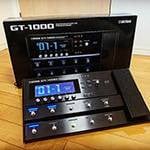Korg Nautilus: How Does the Virtual Electric Piano Sound?
This report dives into the electric piano sounds in Korg’s workstation synthesizer, the Nautilus.
So far, we've focused on the CX-3 organ simulation engine—one of the core sound engines out of the nine featured on the Nautilus.
Now, we’re going to take a dive into its electric piano capabilities.
For those who play in bands, electric pianos are arguably even more frequently used than organs. That's because electric piano sounds tend to have a broader range of applications across various music styles.
Organ sounds, being sustained tones, are more challenging to use rhythmically than electric pianos and often serve more as pad elements in arrangements. Additionally, the tonal character of organs is strong and dominant, and it can make them harder to blend with other instruments. In contrast, electric piano sounds tend to fit more seamlessly into mixes without clashing, making them easier to use. They're also often chosen as substitutes for acoustic pianos in a variety of situations.
In that sense, electric pianos are incredibly versatile.
Naturally, the Nautilus, as a flagship workstation synthesizer, comes equipped with a wide range of electric piano sounds to meet that demand.
■ Two Timeless Classics: The Rhodes Electric Piano and Wurlitzer Electric Piano Included
When it comes to electric pianos, two iconic instruments immediately come to mind: the Rhodes Electric Piano and the Wurlitzer Electric Piano. These legendary instruments are renowned for their distinct tones and historical significance in popular music.
The Korg Nautilus includes both of these classic electric piano types as part of its sound library. Specifically, it features five different Rhodes models from different eras and two Wurlitzer models—a total of seven core electric piano sound sources.
Let’s start by taking a look at the five Rhodes piano sounds.
To access these sound sources on the Nautilus, you begin by navigating to the Set List screen. Tap an electric piano sound labeled “EP”, then press the MODE button (located at the top left of the screen) using the quick access buttons.
(Refer to Screen 1 for visual guidance.)
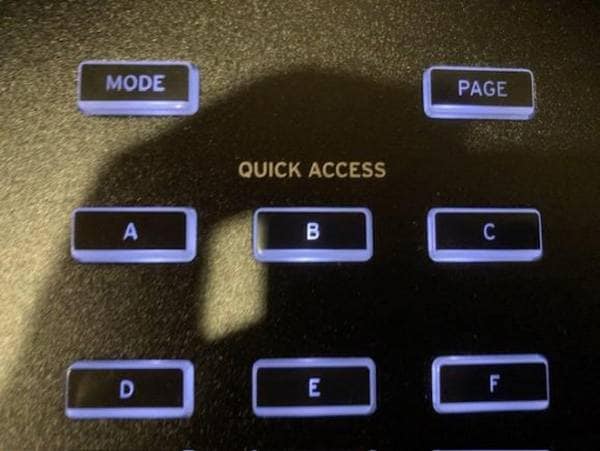
The MODE button is in the top left (Screen 1).
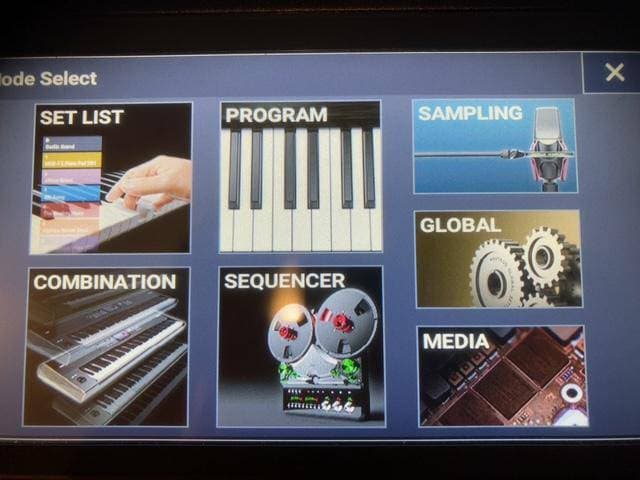
Mode Select (Screen 2)
Once the Mode Select screen (Screen 2) appears, tap the PROGRAM area at the top center of the screen.
The screen will then change, displaying a list of EP-1 sound sources, along with the name of the currently selected sound at the top left under ModelType. An image representing the selected electric piano model is shown on the right side of the screen.
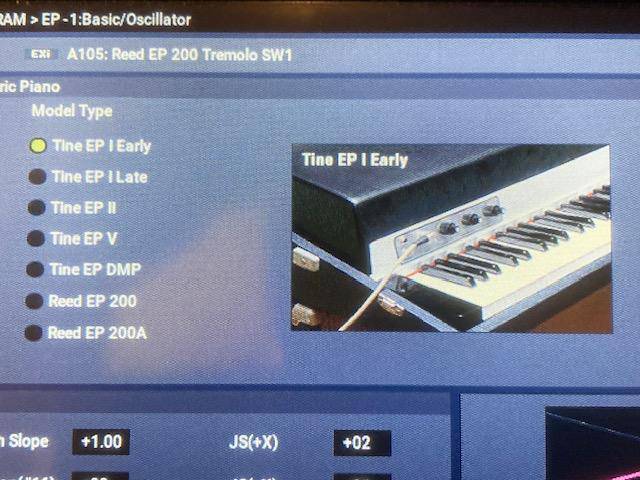
EP-1 Sound and Model Image on Display (Screen 3)
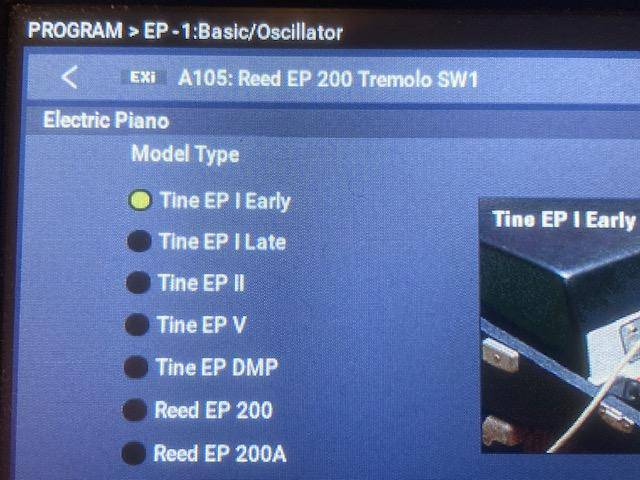
On the left side of the screen, you'll see the list of the seven types of EP-1 electric piano models (Screen 4):
- TineEPⅠ Early
- TineEPⅠ Late
- TineEPⅡ
- TineEPⅤ
- TineEP DMP
- ReedEP200
- ReedEP200A
By default, the sound type TineEPⅠ Early is selected. A yellow circle appears to the left of the selected ModelType, indicating it’s currently active.
You can change the sound source by tapping the circle to the left of the model name in the electric piano category list. Each tap will switch to a different tone, allowing you to explore the character of each EP model.
As seen from the image on the right side of Screen 3, the selected TineEPⅠ Early is clearly modeled after a Fender Rhodes Electric Piano. However, due to licensing restrictions, the manufacturer cannot display the actual brand names. Instead, Rhodes pianos are labeled as Tine types, and Wurlitzer pianos are labeled as Reed types. These names are derived from the mechanical tone-producing methods used in each instrument.
To reiterate, the five Tine types shown on Screen 3 all represent variations of Rhodes pianos.
- TineEPⅠ Early corresponds to an early Rhodes model, identifiable by the "Fender Rhodes" logo on the rear panel.
- TineEPⅠ Late represents a slightly later version where the "Fender" name was dropped, and only the "Rhodes" logo remains.
The five types of Rhodes sounds built into the Nautilus were each chosen to represent different eras in the instrument's history. Korg has refined these using its own sampling and modeling techniques to create distinctive tone variations based on the original models.
As for the Wurlitzer electric pianos, the tonal evolution over time was not as pronounced as with the Rhodes. The two types included in Nautilus are:
- ReedEP200 – based on the Wurlitzer 200, which debuted in 1968 and featured transistor-based electronics.
- ReedEP200A – a later version with internal circuit modifications.
These two Wurlitzer types round out the seven classic electric piano models available in the Nautilus.
■ Key Touch: A Crucial Factor in Electric Piano Sound
One of the key factors that significantly influences the experience of playing electric pianos is key touch—the physical response and feel of the keyboard. Unlike acoustic pianos, which generally offer a consistent key action due to their mechanical design (though opinions may vary), Rhodes and Wurlitzer electric pianos have noticeably different touch characteristics. These differences stem from their distinct tone-generation mechanisms and internal components.
I must note that I’ve only played a Wurlitzer two or three times in my life, so this report will inevitably lean more toward the Rhodes piano. Please bear with me on that.
My own Korg Nautilus has a lightweight keybed, and when I try to play Rhodes-style sounds on it, the nuance doesn’t quite match that of a real Rhodes. The sound engine may be modeled after a Rhodes piano, but the light touch affects the playing experience and alters how the sound feels. I believe this disconnect happens because my fingers and ears have a sensory memory of how a real Rhodes keyboard feels to play.
To get a more accurate sense of how the Nautilus renders Rhodes and Wurlitzer sounds, I used a Korg SV-1 as the master keyboard. The SV-1 has a key action that is more reminiscent of the Rhodes (though still not a perfect match). By using a keyboard with a closer touch to the actual instruments, I could make a more credible and informed evaluation of the electric piano sounds coming from the Nautilus.
In short, when testing electric piano tones—especially emulations of iconic instruments like the Rhodes or Wurlitzer—key touch plays a vital role. A more realistic key action leads to a more faithful performance and ultimately helps in judging the authenticity of the sound.
I connected the MIDI OUT of the SV-1 to the MIDI IN of the Nautilus, and decided to output the sound through my home guitar amplifier.
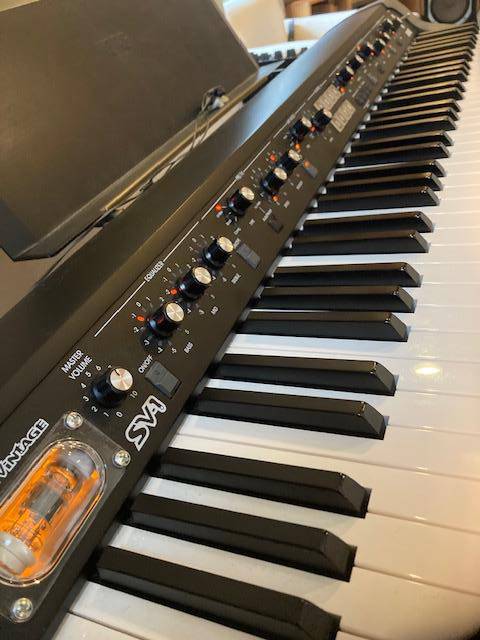
SV-1 as the master keyboard
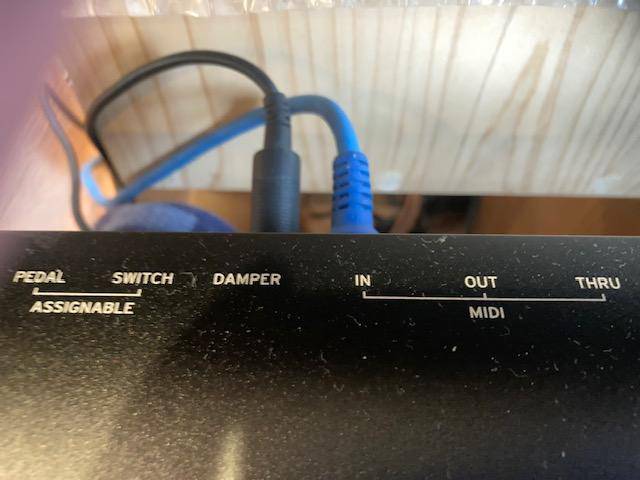
Receiving data from SV-1 through MIDI IN
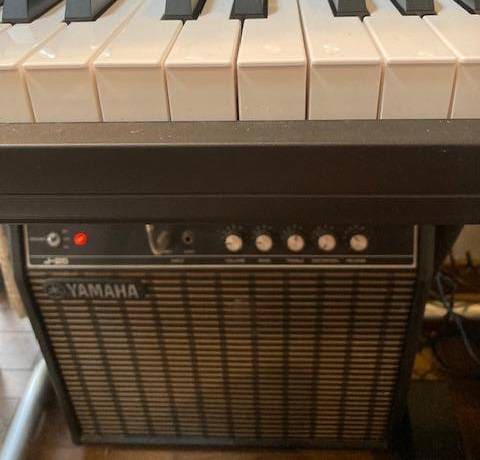
Outputting the Nautilus sound through a Yamaha guitar amplifier
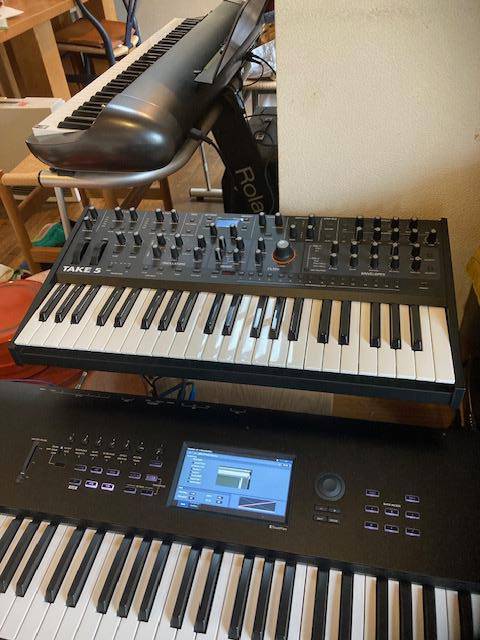
The Nautilus (foreground) and SV-1 (back left) connected via MIDI cable.
*The synthesizer on top of the Nautilus is a TAKE-5, unrelated to this test.
When I actually tried it, I truly felt that using a keyboard closer to the real thing is definitely better for performing electric piano sounds like those of a Rhodes piano.
When I closed my eyes and played with the image of playing a Rhodes piano, I honestly felt that the sound coming from the Nautilus was similar to that of a Rhodes.
In the next article, I plan to closely examine the actual EP-1 sounds. Stay tuned!
The column “sound & person” is made possible by your contributions.
For more information about submissions, click here.





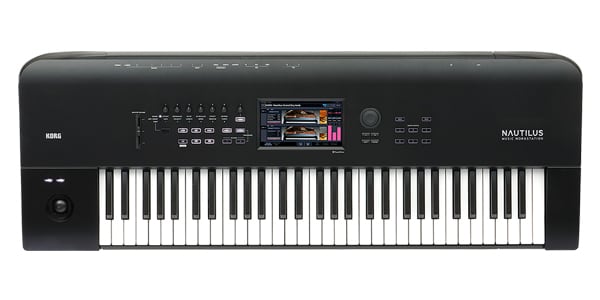


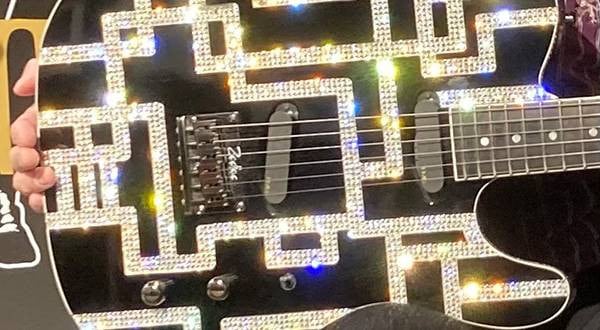
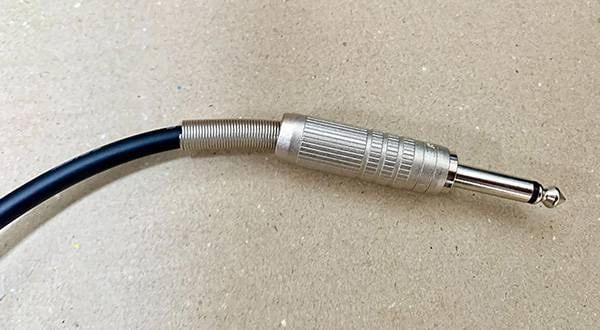

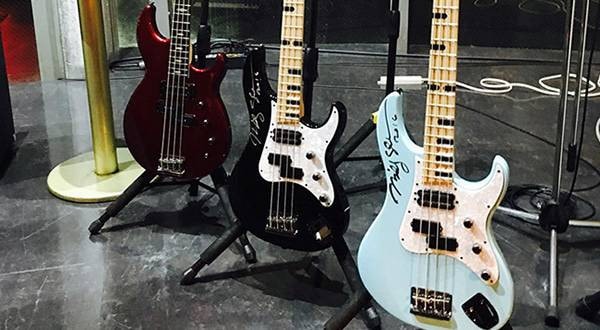
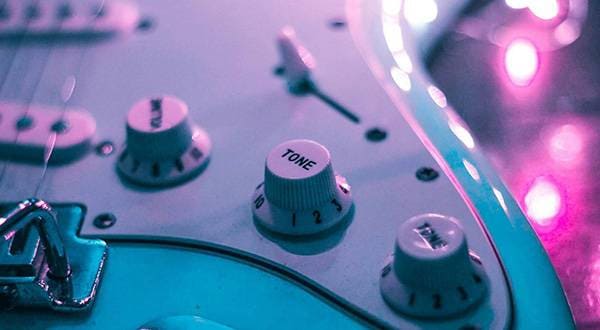
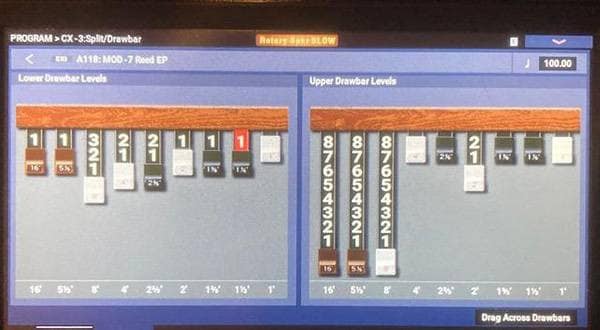
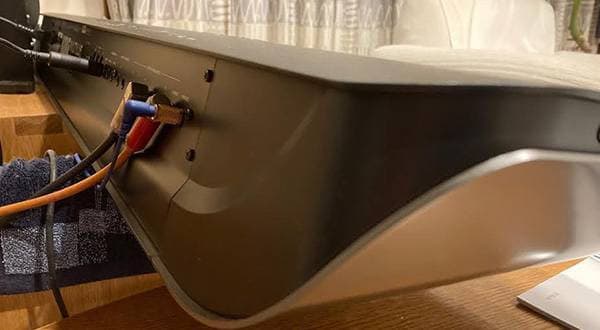
![[2025 Latest Edition] Choosing a Synthesizer/Popular Synthesizers Ranking](/contents/uploads/thumbs/2/2022/9/20220916_2_19446_1.jpg)
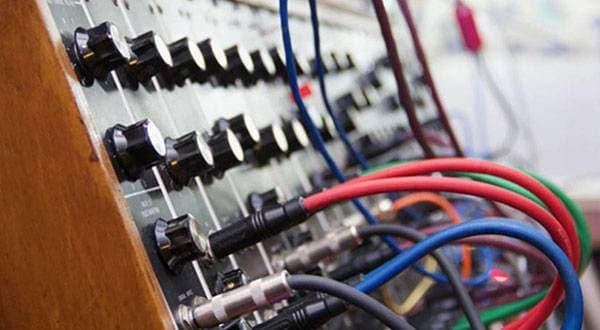

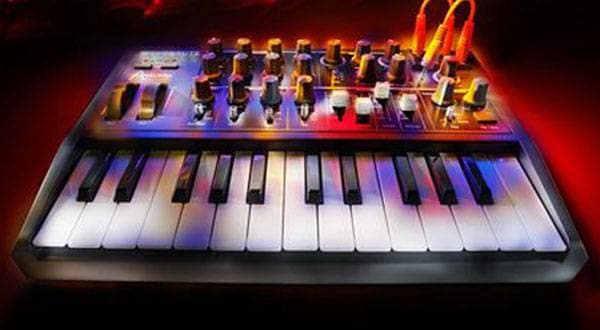
 エレクトリックピアノ 入門ガイド
エレクトリックピアノ 入門ガイド
 PLAYTECH 鍵盤特集
PLAYTECH 鍵盤特集
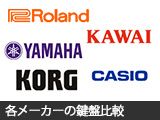 各メーカーの鍵盤比較
各メーカーの鍵盤比較
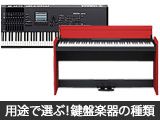 用途で選ぶ!鍵盤楽器の種類
用途で選ぶ!鍵盤楽器の種類
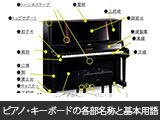 ピアノ・キーボードの各部名称
ピアノ・キーボードの各部名称
 キーボードスタートガイド
キーボードスタートガイド
